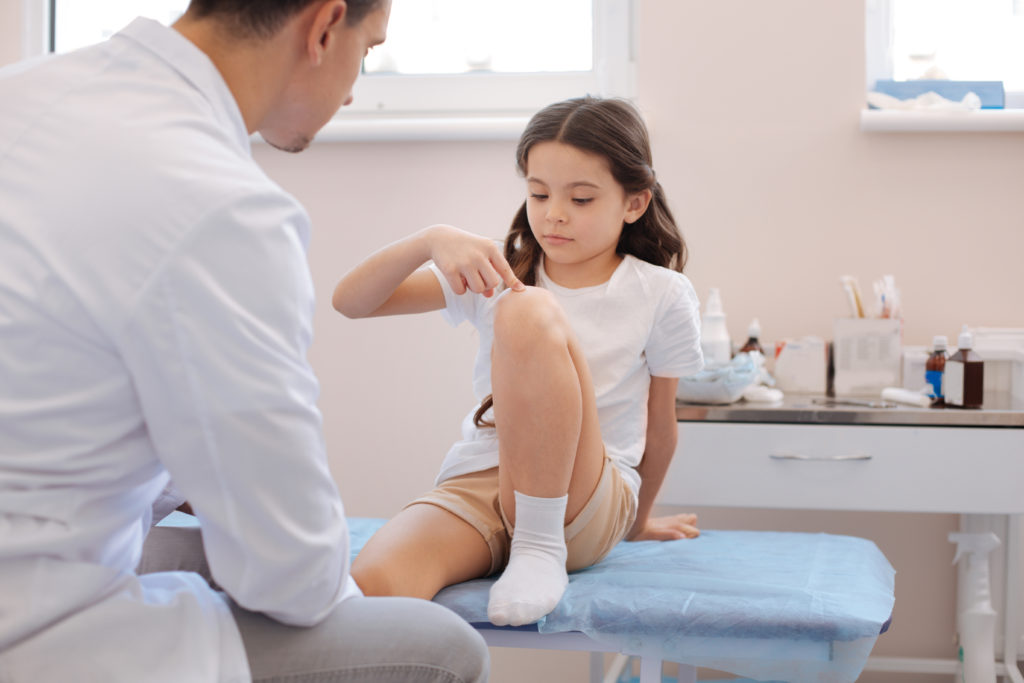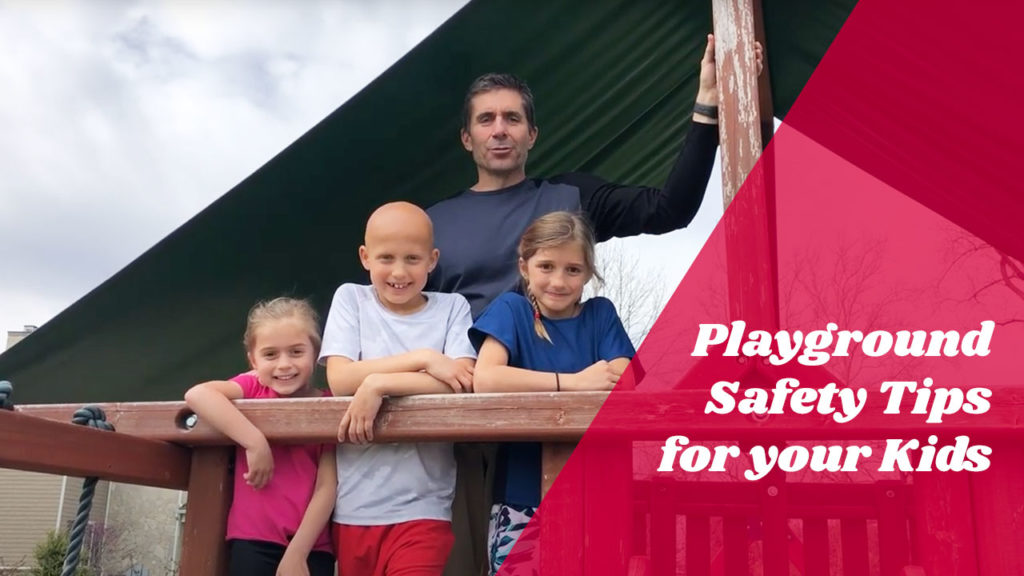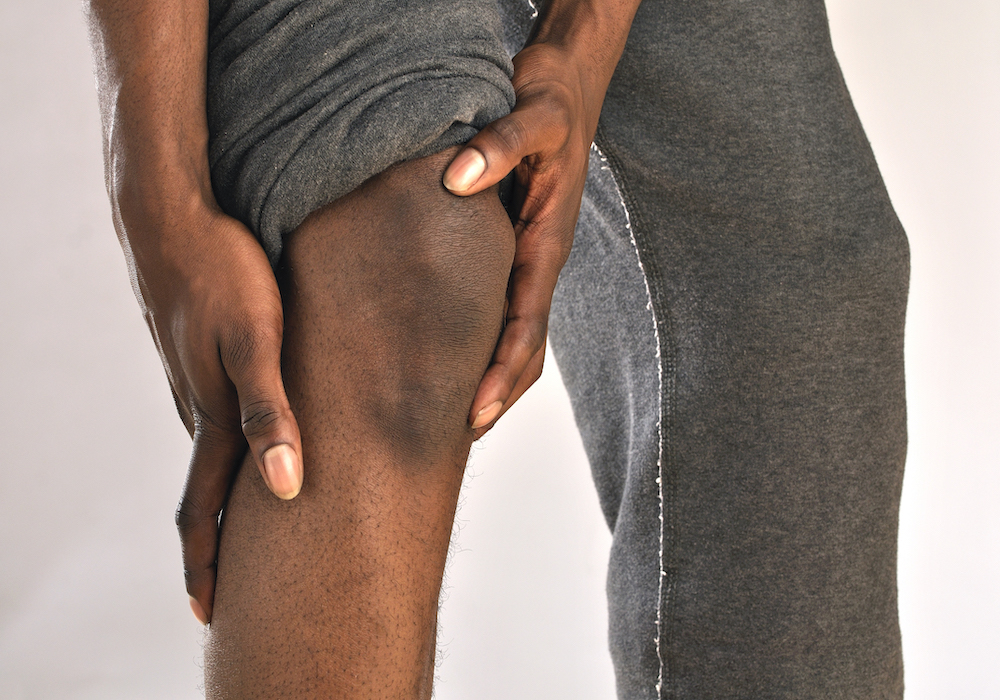Arthritis is inflammation of one or more of your joints. Children sometimes complain about aches in their joints, which can be caused by a variety of reasons. However, if a child’s joints are swollen for six weeks in a row or longer, he or she may have juvenile arthritis.
What cause juvenile arthritis?
A joint is where the ends of bones meet, such as the knee, finger, shoulder or hip joint. Juvenile arthritis means that a child’s body attacks his or her own healthy cells and tissues in these joints.
The cause of arthritis is unknown. Exposure to something in the environment, such as a virus, triggers juvenile arthritis. Juvenile arthritis is not hereditary so it’s rare for more than one child in a family to get it. Some researchers believe children have genes that make them more likely to get the disease.
What is juvenile arthritis?
Juvenile arthritis is a long-lasting, chronic autoimmune disease and is the most common form of arthritis in children, affecting nearly 300,000 children under the age of 18.
Arthritis results from ongoing joint inflammation in four steps:
- The joint becomes inflamed
- The joint stiffens
- The joint suffers damage
- The joint’s growth is changed
In severe cases, juvenile arthritis can produce serious joint and tissue damage and cause problems with bone development and growth. In other cases, juvenile arthritis remains mild and does not progress to more severe joint disease and deformity.
Primary types of juvenile arthritis
- Oligoarticular: Only a few joints are affected; the most common type of juvenile arthritis
- Polyarticular: Arthritis affects five or more smaller joints such as the hand and feet; usually the affected joints are on both sides of the body
- Systemic: A more severe type of juvenile arthritis that may continue into adulthood
What are the symptoms of juvenile arthritis?
- Inflamed joints that are warm to the touch
- Growth problems
- In certain cases, children have a high fever and a light rash
- Muscles around the joints weaken
- Joint swelling and pain
- Painful joints that improve by the afternoon
How do you diagnose juvenile arthritis?
To determine whether your child has juvenile arthritis, the physician will ask you for a complete medical history, have your child describe their symptoms and conduct a physical examination. An X-ray or MRI may be necessary to confirm the diagnosis and determine if there are other problems.
MAKE AN APPOINTMENT WITH AN ORTHOINDY ORTHOPEDIC PEDIATRIC SPECIALIST
Can juvenile arthritis go away?
There is no cure for juvenile arthritis; however there are a number of treatment options. Often, non-surgical treatment can allow a comfortable level of function before any surgical treatment is needed.
Nonsurgical treatment options, include:
- Activity minimization such as switching from high impact activity to low impact activity
- Physical therapy
- Splinting
- Medications such as non-steroidal anti-inflammatories
- Corticosteroid (cortisone) injections
In extremely rare cases where nonsurgical treatment options for juvenile arthritis symptoms fail to provide pain relief, surgery may be necessary. In these cases, surgery will correct deformity in the affected joint.
Learn more about pediatric orthopedic care at OrthoIndy.
Schedule an appointment
Your well-being is important to us. Click the button below or call us to schedule an appointment with one of our orthopedic specialists. If your injury or condition is recent, you can walk right into one of our OrthoIndy Urgent Care locations for immediate care. For rehabilitation and physical therapy, no referral is needed to see one of our physical therapists.





